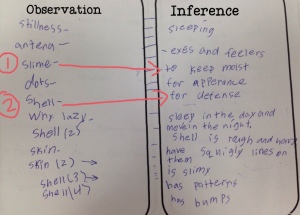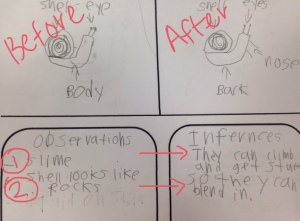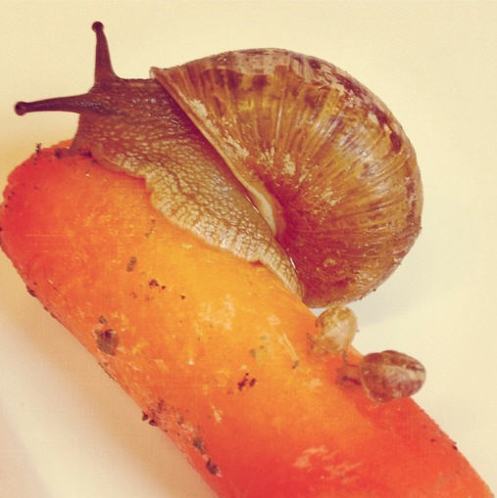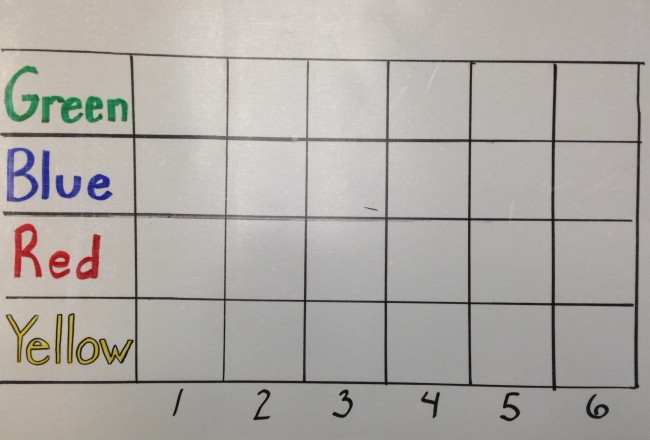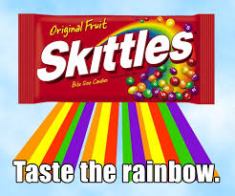Last week I taught a particularly intense science lesson. The kids were all over the place. The noise level got a little out of control. By the end of the lesson I couldn’t tell if it had gone fabulously or terribly. As soon as the kids left for the day I immediately began to reflect on the lesson. I thought to myself “Well, the kids were really exploring and getting excited about the content. On the other hand, were they really learning or just messing around? Is there a way I could have kept the students on track more effectively? Hmmm, that could be good to add to my paper.” I was thinking about all the things that would be good to add to the paper until I realized “Oh my gosh, I don’t even need to write about this. This is just life!” I think this means I’ve officially taken the first step towards become a reflective teacher. I reflect at the end of each day. It feels so naturally, the teaching process wouldn’t feel complete without it!
Later than night I sat down to look at the students work. The lesson centered around making scientific observations (of our snails) and then making inferences using those observations. This is what I saw..
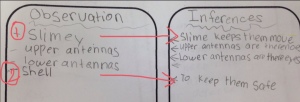
I highlighted some of the particularly thoughtful observations and inferences. Looking at the evidence of the students work it was clear to me that the students had a general idea that observations inform inferences. However, I noticed that the students certainly needed some clarification and more practice. This informed my practice for the next day. We talked more about them the next day and I wove observations and inferences into the next few lessons. I have been looking at the evidence from each lesson and using it to inform my next lessons. I find that the kids appreciate the clarification as much as I do!
This quarter I’ve been letting the work I do in the classroom inform my blog posts. I’ve also been asking open-ended questions and eliciting my cohorts suggestions and ideas!My favorite blog that demonstrates my process as a reflective teacher is called “Time to Take Charge.” I was happy to be able to participate in my cohort’s blogging discussion.


